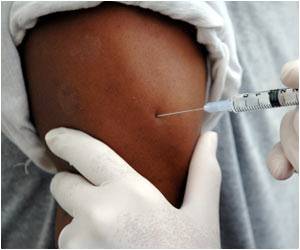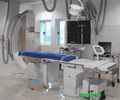Computational tool could uncover molecular underpinnings of rare, deadly arrhythmias.

TOP INSIGHT
The computer model realistically incorporates details of the molecular processes that occur in heart cells.
In the new study, the researchers developed a method that requires just hundreds of simulations in order to estimate the probability of a deadly arrhythmia. These simulations are powered by a computational model that, unlike previously developed models, realistically incorporates details of the molecular processes that occur in heart cells.
The researchers demonstrated that, by altering model parameters, they could use the model to investigate how particular molecular processes might control the probability of deadly arrhythmias. They found that specific, molecular-level electrical disruptions associated with heart failure increased the probability of deadly arrhythmias by several orders of magnitude.
"This study represents an important step forward in understanding how to pinpoint the molecular processes that are the primary regulators of the probability of occurrence of rare arrhythmic events," says study co-author Raimond Winslow. "As such, our approach offers a powerful new computational tool for identifying the optimal drug targets for pharmacotherapy directed at preventing arrhythmias."
"Multiscale computer models are critical to link an improved understanding of drug-disease mechanisms to tissue and organ behavior in complex diseases like heart failure," says Karim Azer, Sr. Director and Head of Systems Pharmacology, Sanofi, who was not involved in the study. He added, "The models provide predictions that can be tested in the laboratory or the clinic, and as such, the pharmaceutical industry is increasingly utilizing mathematical and computational modeling approaches for enabling key drug discovery and development decisions regarding drug and patient characteristics (i.e., towards precision medicine)."
 MEDINDIA
MEDINDIA




 Email
Email










